Bugum Festival: History of the Fire Festival & How It is Celebrated
What is the festival in northern Ghana?
The Bugum Festival also know us the Fire festival is an occasion filled with joy, rituals, and communal festivities, where families come together to honor their ancestors, seek blessings, and ward off evil spirits. In this article, we will explore the customs, traditions, and historical background of the Bugum Festival, shedding light on its rituals, the captivating fire displays, and the stories that have been passed down through generations. Join us as we delve into the heart of this enchanting celebration and discover the cultural heritage of the Dagomba people.
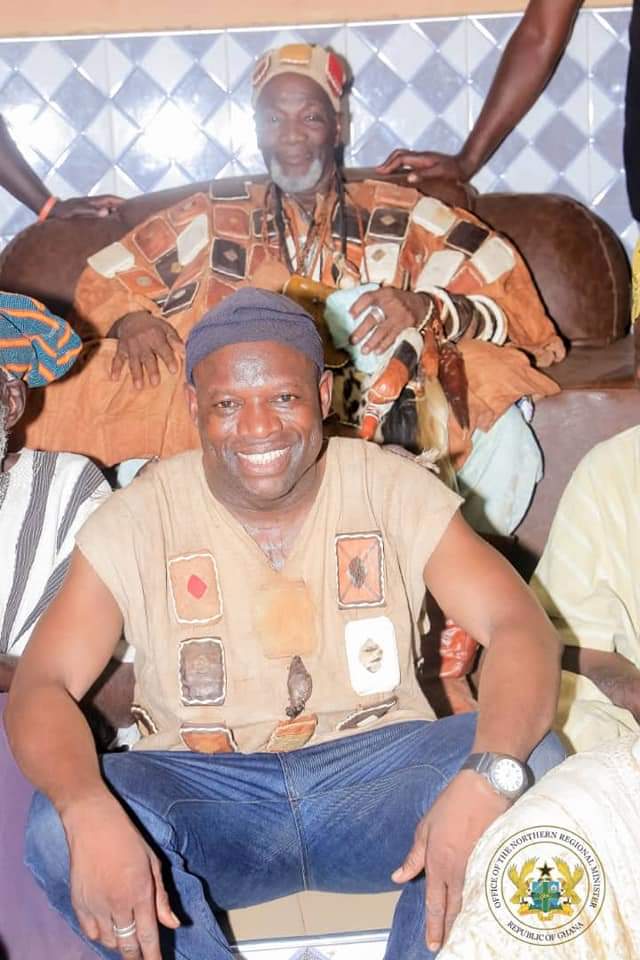
When is the Fire Festival?
The Fire Festival, known as Bugum Chugu, takes place on the ninth day of the traditional month called Bugum Gɔli. The timing of this festival follows the lunar calendar, resulting in a shifting date each year. Typically, the Fire Festival falls within the months of August, September, or October. Interestingly, it consistently occurs two lunar cycles before the Damba Festival. Therefore, by referring to Prophet Mohammed’s birthday and subtracting approximately 58 days, one can make a reliable estimate of when the Fire Festival will take place. Bugum goli corresspond to Muharam in the islamic calendar (Click this link to know the date of the Fire festival – Islamic Calendar )
However, one of the most amazing festivals in Ghana is the Bugum festival, celebrated by the Dagomba tribe in the northern region of the country. The Dagomba people have twelve months in a year, which are based on the lunar calendar. Each month has either 30 or 29 days. When the moon completes a 30-day cycle, the Dagomba people call it “Goli pali” (Completed Moon). If the cycle completes on the 29th day, it is known as “Goli kabili” (Uncompleted Moon).
The twelve lunar months of the Dagbamba people are as follows:
1. Buɣim
2. Damba bilaa
3. Damba
4. Gaambanda
5. Bandacheena
6. Kpini bilaa
7. Kpini
8. Nolɔri bilaa
9. Nolɔri
10. Konyuri chuɣu
11. Chimsi bilaa
12. Chimsi
Out of these twelve months, the Dagomba people celebrate five festivals, which include:
List of Dagomba Festivals
1. Bugum festival:
2. Damba Chuɣu
3. Kpini Chuɣu
4. Konyuri Chuɣu
5. Chimsi Chuɣu
The Bugum festival, also known as the Fire Festival, is a cultural-religious festivity that marks the beginning of the Dagbon year. The occasion is marked by the lighting of thatch torches and marching along approved routes, amidst the chanting of war songs known among the Dagomba people as “Ʒiɛm.”
History of the Fire Festival – Bugum Chugu
The Bugum festival, also known as the Fire Festival, has a historical origin that dates back to the 15th century during the reign of Naa Zoligu, the 7th Yaa-Naa of Dagbon. Naa Zoligu ruled from approximately 1469 to 1486.
During his reign, his first grandson, Naa Dariʒiɛɣu, went missing in the bush. According to oral history, Naa Dariʒiɛɣu was taken by a group of dwarfs when he followed his father, Naa Zɔŋ, and brothers to the farm. Despite their efforts, they couldn’t find the whereabouts of Naa Zoligu’s beloved grandson. However, Naa Zoligu remained adamant that Naa Dariʒiɛɣu was alive and well, as informed by the soothsayers.
The search for Naa Dariʒiɛɣu became a ritual, with the men searching day and night, venturing into dangerous forests. Given the risks involved, every man participated fully armed and fortified, ready to face any challenges. To navigate during the nighttime, they would light torches made from thatch.
Finally, they discovered the little boy sleeping under a tree. Believing that the tree held spiritual significance and was used by the dwarfs to conceal the boy, the search party used their torches to burn down the tree. Some even collected branches from the tree for ritual purposes. With drumming and dancing, the rescue team joyfully returned the little boy home.
This incident initiated a festival that has endured through the ages and continues to be celebrated today.

How The Bugum Festival (Fire Festival) Celebrated:
The Bugum festival, also known as the Fire Festival, is celebrated on the 9th day of the Buɣim goli (Buɣim month) in remembrance of the day when Naa Zoligu’s favorite grandson went missing. It is the first of five festivals celebrated by the people of Dagbon. While the festival originated in Dagbon, neighboring tribes such as the Gonjas, Kusasis, and Mamprusi have also adopted it, contributing to its popularity across northern Ghana.
What Happens at the Fire Festival?
During the Bugum festival, the presence of Dagbon drummers can be observed in the celebrations of both the Gonjas and Mamprusi, highlighting the adoption of this festivity from the Dagomba people.
Preparations for the Buɣim festival commence when the Buɣim moon is sighted. Children venture into the bushes to gather as much thatch as they can find, which they tie into several bundles. These bundles are then distributed to their uncles and grandparents, as a means to prevent the elderly from going into the bushes themselves. Interestingly, the bundles of thatch given to the uncles and grandparents become debts, which the elders will repay in the form of money after the occasion. The Dagombas refer to this money as “Ligri awei.”
Another notable aspect during the eight days leading up to the festival is the gathering of animals, particularly fowls and goats. These animals are intended to be used as offerings to appease the land’s god, known as “Tingbana,” and the smaller deities in people’s homes referred to as “dang thi” (family deities) in Dagbanli.
The Bugum chuɣu is a festival exclusively for Dagbon men. It is a month of making sacrifices to the gods and other spiritual totems, which the Dagomba people use to protect themselves and their families. This is why the Buɣim festival is called “Dagban dabba chuɣu,” meaning the festival of Dagomba men. The festival showcases the open display of spiritual powers and boldness during the celebration.
Bugum festival (Fire Festival): The Day of celebration
The Fire Festival, takes place at night after supper (Sagdihili nyaanga). On this day, a special meal is prepared with plenty of meat for children to enjoy before they participate in the festivity.
Rituals and Customs in preparation for the fire festival
During the festival, family heads share the special meal with their deceased relatives by placing portions of food on the walls (Gambee) of their homes, inviting their ancestors to come and partake during the night.
Before nightfall, people use the daytime hours to appease their totems, magical artifacts, and engage in verbal enchantments known as “Nolini wuna.” Twins, considered special spiritual beings by the Dagomba people, are also given special gifts to seek blessings and spiritual welfare.
Others use the daytime hours of the 9th day to test their “Juju” in preparation for the nighttime festivities, aiming to showcase the best display during the celebration.
At the chief’s palace, the religious cleric known as “Naa limam” busily compiles a list of spiritual texts in anticipation of the night’s events.
On the night of the festival, immediately following supper, the sound of the big drum emanates from the chief’s palace, summoning adults and children to gather for the official Fire Festival.

From Fire Ignition to Spiritual Bath: Rituals and Revelry at the Bugum Festival
The King is brought out by the elders to address the crowd. He spends some time vividly narrating how the tradition has been passed down through generations and advises against any activities that may mar the beauty of the festivity.
The chief then ignites his fire, followed by the elders tapping from his fire. The rest of the crowd continues to tap from each other until the last person’s thatch is lit. This signifies unity in the fire, which spreads throughout the entire town.
The chief does not participate in the route march; he takes a few steps and then returns to his palace. The celebrators proceed on an approved route, singing and chanting war songs, accompanied by the resounding beats of the big drum (gungɔŋ) and occasional blasts of gunpowder from muskets wielded by the sapashinnima.
During the march, a leading voice chants the first lines of the “ʒiem” songs, with the rest of the crowd energetically responding. One of the popular songs in the Bugum festival celebration goes as follows:
Leading voice: “Buɣim di ma mɔɣuni ka n zo n-kuli n ya”
Crowd: “Yoo Yoo Yoo yaa yo”
Leading voice: “Yoo Yoo Yoo yaa yo”
Crowd: “Yoo Yoo Yoo yaa yo”
Leading voice: “Bia ŋun ʒɛm ti Naa ŋɔ yee”
Crowd: “O ʒɛm saa nyinnyaɣu”
While there are other songs sung along the way, this particular song is the most popular in the Bugum festival celebration.
The Bugum tɔbu concludes at the base of a designated tree known as the “Buɣim tɔbu tia.” Everyone throws their burning thatch on top of the tree, symbolizing its burning down. This act mimics the events when Naa Dariʒiɛɣu was found.
The crowd then breaks leaves from this tree, which they use as herbs to bathe their children. These herbs are believed to strengthen the bones of the infants and protect them against spiritual attacks.
Afterward, the enthusiastic crowd heads back to the chief’s palace amidst dancing and chanting. At the palace, the chief and his elders await the crowd’s return to perform a spiritual bath using concoctions prepared by the chief priest of the town. With the influence of Islamic religion, this duty is now performed by the chief’s imam, who writes texts from the Holy Qur’an and washes them to create “waliga.” Some communities now use this substance for sanctification and spiritual fortification.
It is believed that this holy water not only drives away evil spirits but also serves as medicine, curing people of certain spiritual ailments.
Following the bath, a dancing ceremony commences at the chief’s palace, serving as the final event of the night. The dancing continues until the first crow of a rooster at dawn, signaling the time for people to return to their homes and rest.
Post-Fire Festival Celebrations: Children’s Joy and Mossi Traditions in Dagbon
The day after the fire festival is a joyous time for children. They visit their grandparents and uncles to receive money and other gifts known as “Ligiri awei.”
The Mossis, who are playmates of the Dagbamba people, enter Dagbamba homes with brooms to sweep their compounds. Afterward, they charge a fee for their services, leading to negotiations until a final agreement is reached. The money given to the Mossi people is called “zambee ligri.”

Sabili Larigibu: Unveiling the Future and Embracing the New Year in Bugum Chugu
The day following the Bugum tɔbu night is known as Sabili Larigibu. This part of the event is overseen by the chief’s religious clerics.
Sabili Larigibu involves attempts to foretell the future through spiritual investigations. The town’s imam is expected to unravel the mysteries of the upcoming year and make predictions about major events that will occur.
These predictions serve as a guide to the people as they prepare to embrace the New Year. The imam presents his findings to the chief, who then communicates them to the general public.
The day is also a time for family visitations. People go around the community, exchanging greetings and good wishes. They say to each other, “Ni ti yuun palli,” which means “Blessed New Year to you.”
Indeed, the Bugum chugu marks the official ushering in of the New Year and remains one of the most significant festivals for the Dagbon people.
Significance of the Bugum Festival:
The Bugum Festival, celebrated in the Bugum month, provides an excellent opportunity for family reunions in Dagbon. Dagombas from all walks of life return to their native homes to celebrate the festivity. They visit family members they haven’t seen for a long time and exchange greetings and pleasantries.
It also offers a chance for families, especially children, to become acquainted with their extended family members. The extended family system is highly valued by the Dagomba people, and children are introduced to their uncles, aunts, cousins, and nephews whom they may have never met before.
Another crucial aspect of the Bugum Festival is that it creates a platform for the elderly to pass on their history and heritage to the younger generation through a complex system of oral narrations.
This oral tradition has been the greatest strength of the Dagbon people and has allowed them to preserve their culture and traditions for decades
FAQs About Fire Festival
Who celebrates Bugum Festival in Ghana?
The Bugum Festival is primarily celebrated by the Dagomba people of northern Ghana.
What does Bugum mean?
Bugum is a term that refers to fire in the Dagbani language spoken by the Dagomba people.
Which people celebrate the Bugum Fire Festival?
The Bugum Fire Festival is celebrated by the Dagomba people of northern Ghana.
Which festival in Ghana is associated with fire display?
The Bugum Festival, also known as the Fire Festival, is the festival in Ghana associated with fire display.
What is another name for Dagomba?
Another name for Dagomba is Dagbamba.
Where is Bugum celebrated?
Bugum is celebrated in Yendi Traditional capital of the Dagbon Kingdom in the northern region of Ghana, where the Dagomba people reside and also various towns in northern Ghana.
How did the fire festival start?
The Bugum festival, also known as the Fire Festival, has a historical origin that dates back to the 15th century during the reign of Naa Zoligu, the 7th Yaa-Naa of Dagbon. Naa Zoligu ruled from approximately 1469 to 1486. During his reign, his first grandson, Naa Dariʒiɛɣu, went missing in the bush. Refer to the history of Fire Festival in main article.
Where does the fire festival take place?
The Fire Festival takes place in Yendi, the traditional capital of the Dagomba people but various communities and towns in the northern region of Ghana also celebrate it.
What is the history of Bugum festival?
The Bugum Festival has a long history rooted in the cultural and traditional practices of the Dagomba people. It has been passed down through generations as a significant event in their calendar.
What is the story of the Fire Festival?
The Bugum Fire Festival is associated with the story of Naa Dariʒiɛɣu, a legendary warrior king of the Dagomba people who was found through the help of fire during a search. The festival commemorates this event and celebrates unity, purification, and the driving away of evil spirits.
What is Fire Festival called?
The Fire Festival is commonly known as the Bugum Chugu.
What is Fire Festival in Ghana?
The Fire Festival in Ghana is the Bugum Festival celebrated by the Dagomba people. It involves various rituals, fire displays, and cultural activities.
Which tribe celebrates Fire Festival in Ghana?
The Fire Festival in Ghana is primarily celebrated by the Dagomba tribe.
What is the festival in northern Ghana?
The Bugum Festival, also known as the Fire Festival, is a significant festival celebrated in northern Ghana, particularly among the Dagomba people.
reference – wikipedia

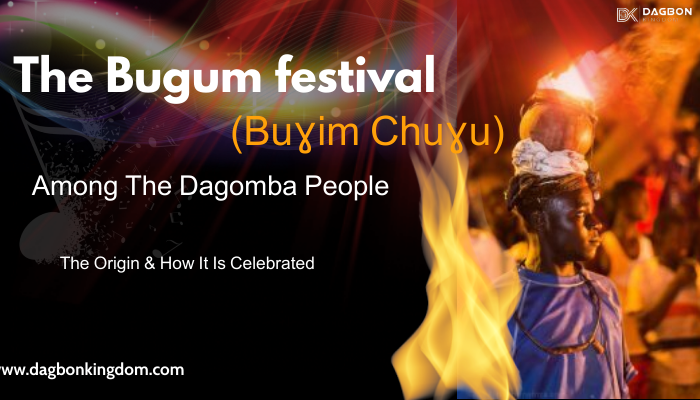
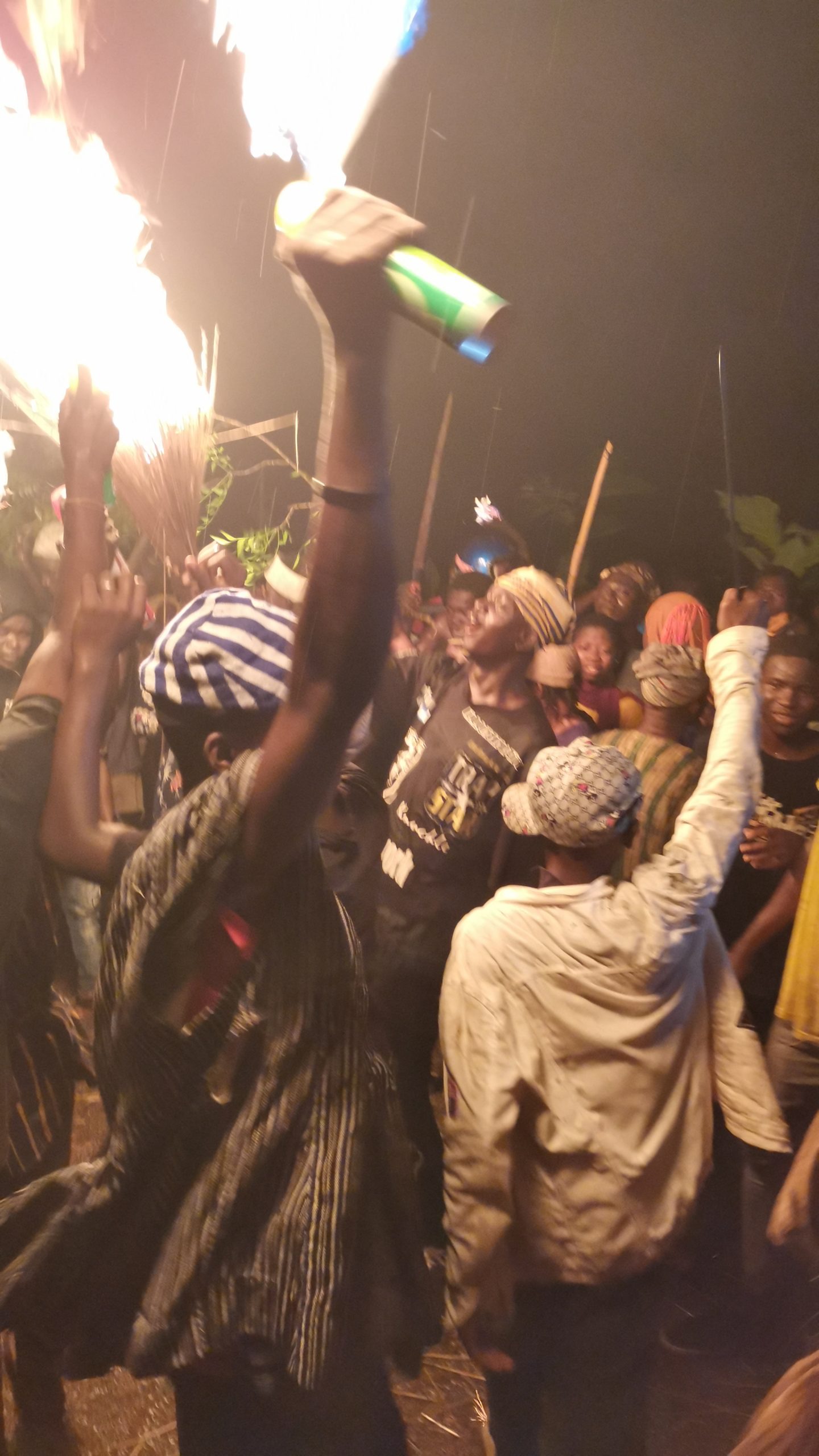




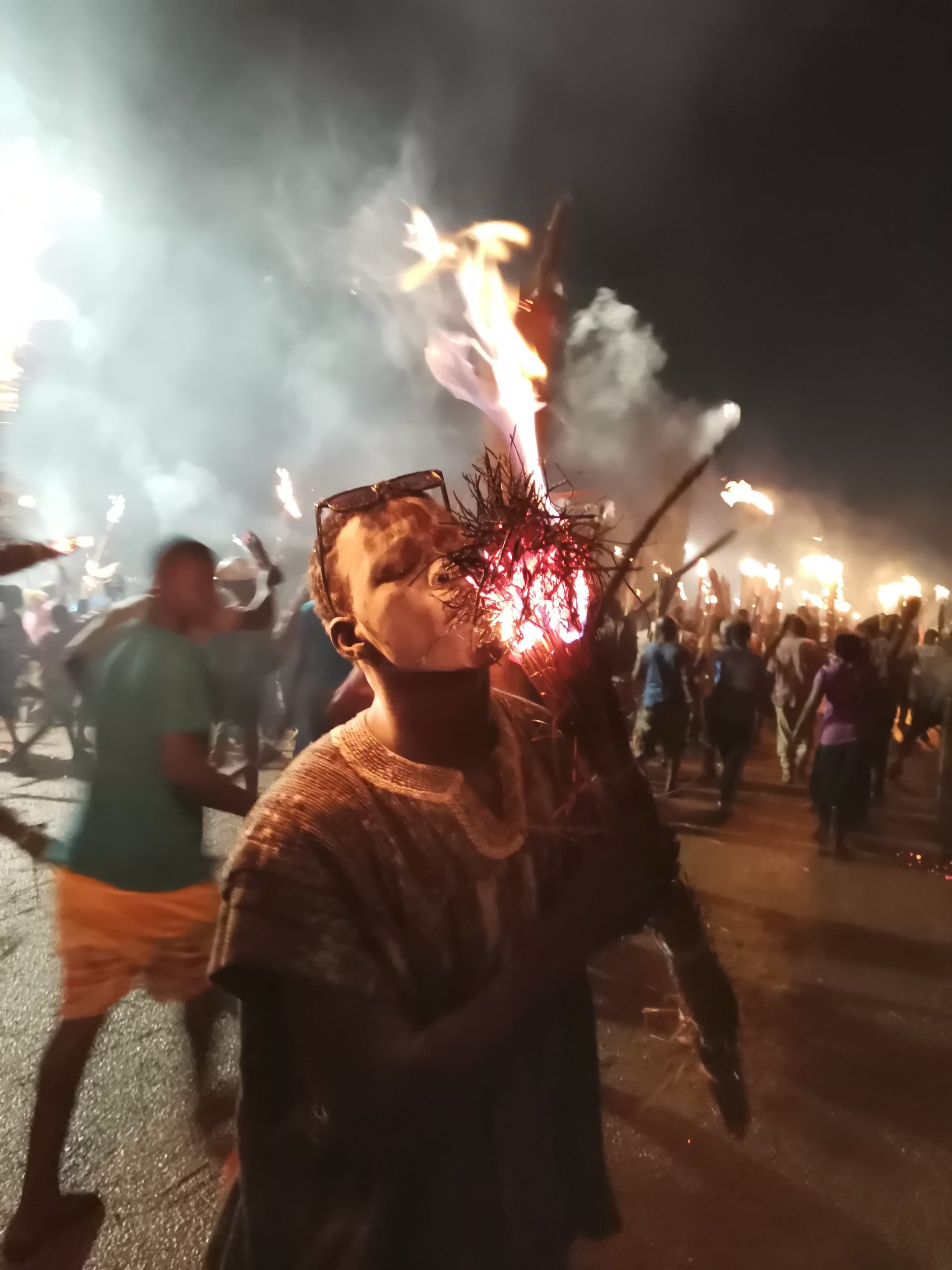
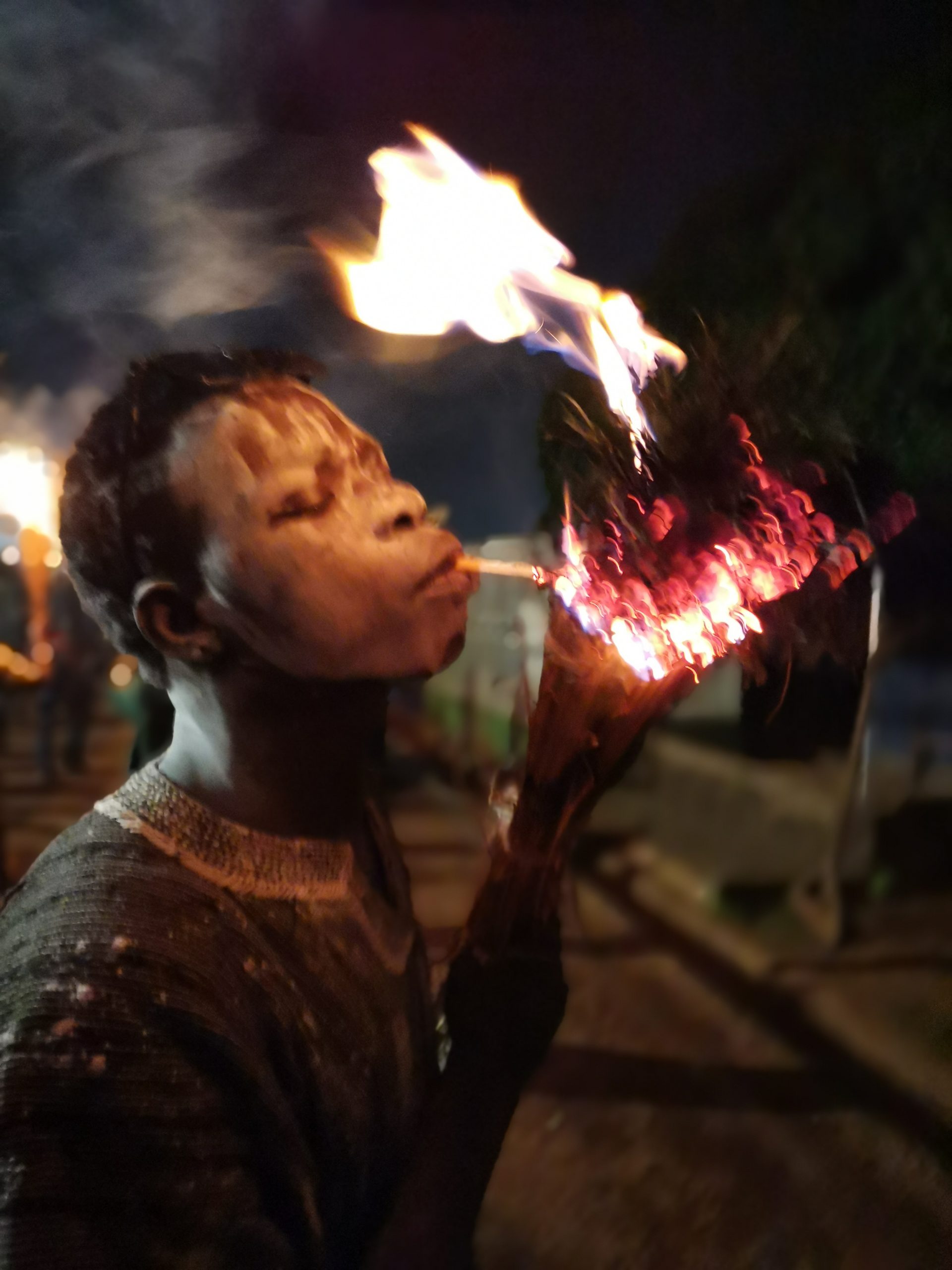


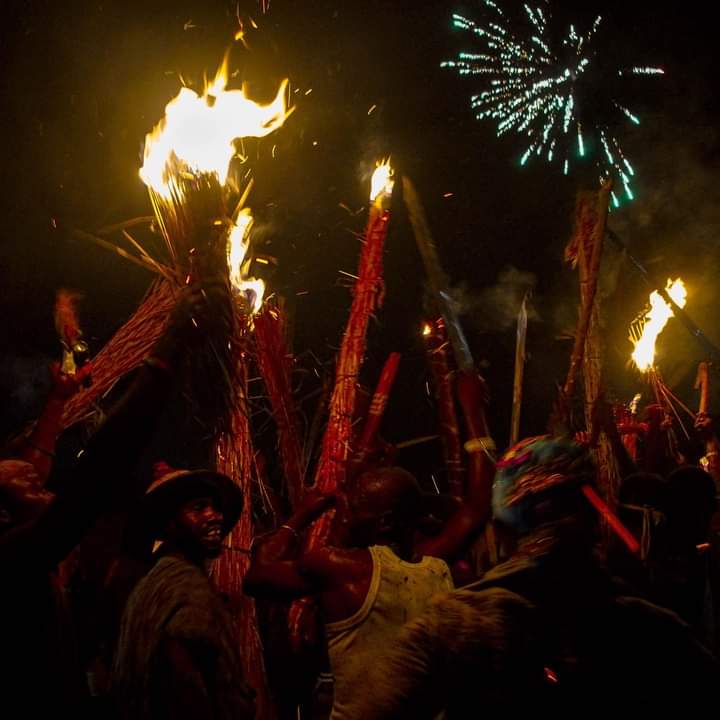

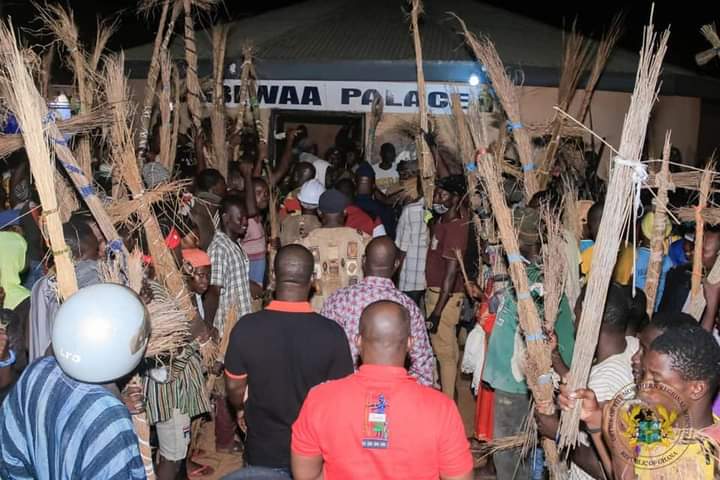

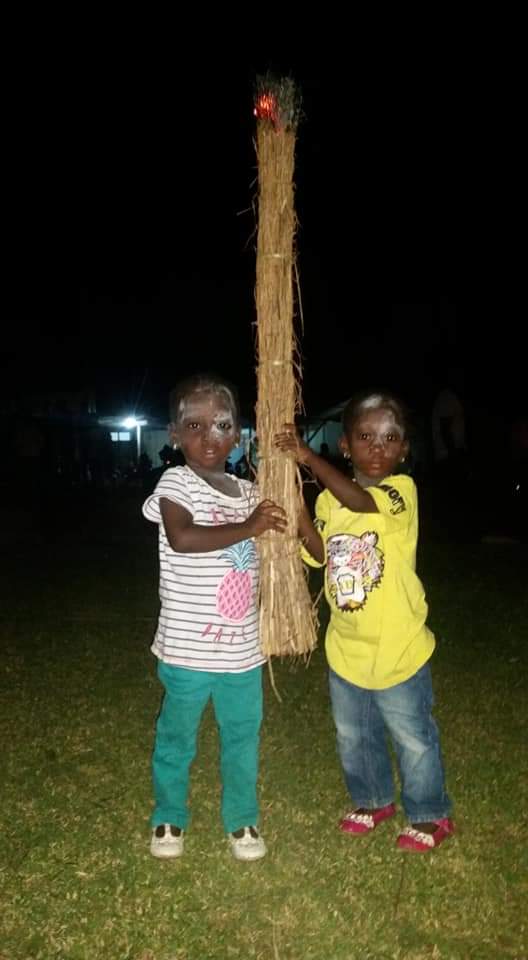
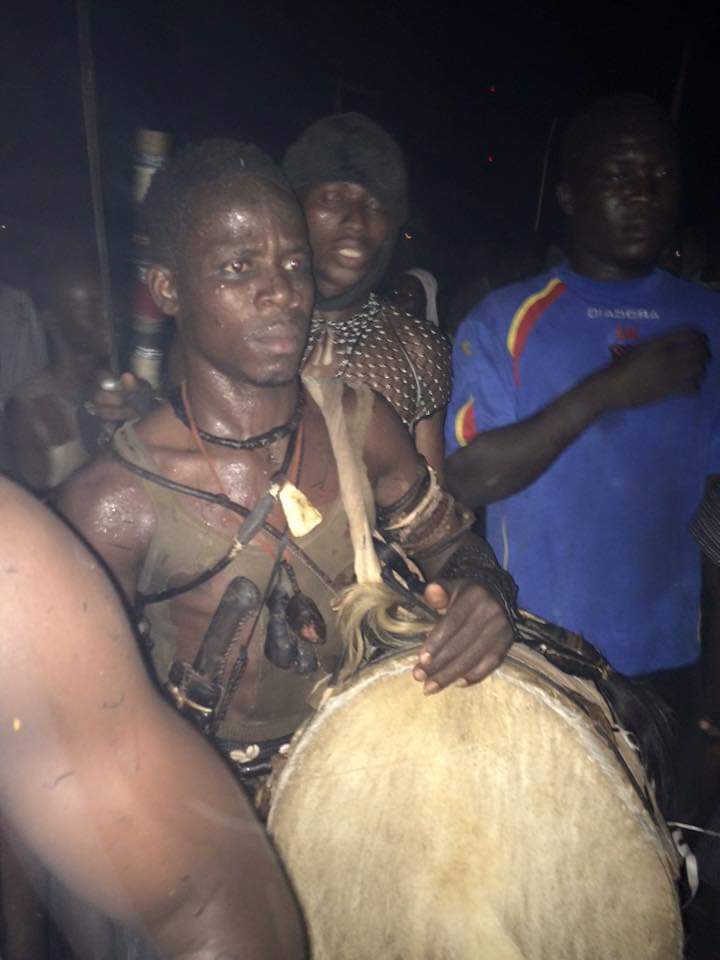


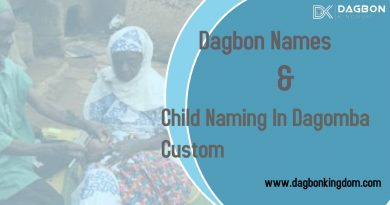
Pingback: Recollection: New Yam Festival • Dagbon kingdom
FANTASTC,FANTASTC FANTASTIC What an amazing rich sweet lovely culture? i missed it i am an indigenous Dagbamba man who leaves very far from home im hoping to celebrate it one day with family so that the newly born family members will get to know
Thanks for your reply bro. Stay with us for more. We look forward to receiving you back home. Stay safe
Pingback: THE BIASES OF THE ELEPHANT AGAINST THE LION AND LEOPARD. • Dagbon kingdom
Pingback: Dagbani Proverbs - 150+ List Of Dagomba Proverbs and Their Meaning • Dagbon kingdom
I know of the fact that today, more and more people are being attracted to video cameras and the field of images. However, being a photographer, it’s important to first commit so much time deciding the model of digital camera to buy and also moving via store to store just so you could buy the least expensive camera of the brand you have decided to decide on. But it doesn’t end right now there. You also have to think about whether you can purchase a digital digicam extended warranty. Thx for the good ideas I obtained from your website.
I抳e been exploring for a little bit for any high quality articles or blog posts on this sort of area . Exploring in Yahoo I at last stumbled upon this website. Reading this information So i am happy to convey that I’ve an incredibly good uncanny feeling I discovered exactly what I needed. I most certainly will make sure to do not forget this website and give it a look on a constant basis.